Background
The origin of this work dates back to 2015, following a visit to the Gusinde-Hagenbeck collection consisting of cultural objects originally belonging to the Kawesqar, Selk’nam, Yagán and and Aonikenk peoples, which are now housed in the Weltmuseum, Vienna (formerly the anthropological museum).
The review of this collection was initially conducted by Alfredo Prieto and Nicolás Spencer in collaboration with the curator of the South American collection, Claudia Augustat. This study aimed to achieve a more precise understanding of the objects and their anthropological value due to the different ways they were obtained; Gusinde acquired the objects through questionable anthropological purchase processes, while Hagenbeck obtained these cultural elements as “adornments” of people who were exhibited in human zoos.
Additionally, this review was oriented towards understanding the factors that give an object its value. In other words, what human and non-human operations transform an everyday artifact into one with museological status. These questions motivated extensive field research in museums and the territory, scientific support, and above all, experimentation through artistic tools.

From our first meeting with Claudia and Alfredo arose the idea, or rather the hypothetical proposition, of repatriating the objects. A process that, given governmental, technical, and socio-cultural difficulties, we knew was impossible to accomplish. Nonetheless, we deemed it important to review and analyze the complexities surrounding both the objects and the people, institutions, and spaces that should be involved in such a process. This was done with the understanding that we have no sense of ownership over these objects, recognizing that any real action must be undertaken by those who legitimately believe they belong to them, and knowing that relocating them is as difficult, if not more so, than their expatriation.
Gusinde-Hagenbeck Collection
Carl Hagenbeck was a German zoologist, animal trainer, and circus director, born in Hamburg in 1844. A member of the Berlin Society for Anthropology, Ethnology, and Prehistory, he was a significant precursor of anthropozoological exhibitions and the founder of the Tierpark Hagenbeck zoo in 1907.
Hagenbeck traded in the living bodies of the inhabitants of Patagonia for display in a modern zoo, which was, apparently, permeated by the ideals of conservation and appreciation of nature brought by modernity. Analyzing the contents of zoos, as well as museums and world fairs of that time, makes it evident that the ultimate goal was to exalt European powers by emphasizing the distance between barbarism and modernity.
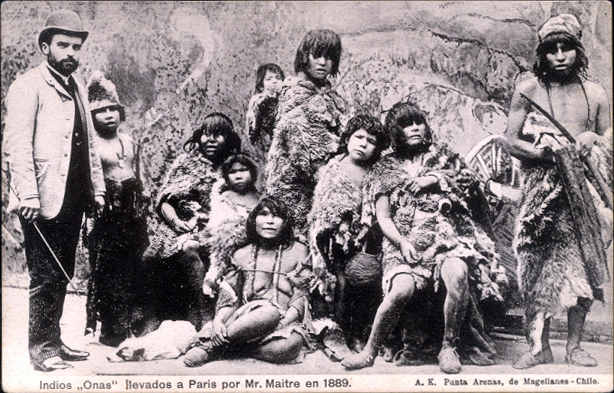
Paradoxically, the objects obtained from the Fuegians who were kidnapped and exhibited in human zoos contain great anthropological value despite their deplorable method of acquisition. Their value lies in their actual everyday use. This is in contrast to objects obtained by commercial ships, which took advantage of their journeys to buy rarities and thus increase their coffers from the extraction of resources such as gold, meat, wool, fat, wood, and furs. Consequently, the objects sold were simulated and adapted for trade. Real personal items were usually carefully transported by their owners, destroyed, or buried with them on the day of their death.
Martin Gusinde, an Austrian missionary and ethnologist, dedicated much of his life to studying the inhabitants of Patagonia, describing, among other things, the devastating impact that colonization and economic exploitation had on these peoples. His vast and even unmanageable work extensively describes the objects obtained in his four expeditions between 1918 and 1924.
As a member of the religious order of the Missionaries of the Divine Word and a disciple of the Catholic priest, linguist, and ethnologist Wilhelm Schmidt, he oriented his reflections and conclusions towards the verification of the theory of primitive monotheism. This line of thought was based on the belief that primitive religion, that is, of almost all tribal peoples, began with an essentially monotheistic concept. The pressure to verify this theory, combined with the fact that his travels, though numerous, were brief, forced the exchange of animals, tobacco, or clothing to obtain objects and information from classified traditions and rites. This was the case with the Hain initiation ceremony, which he was able to document after paying 360 lambs.
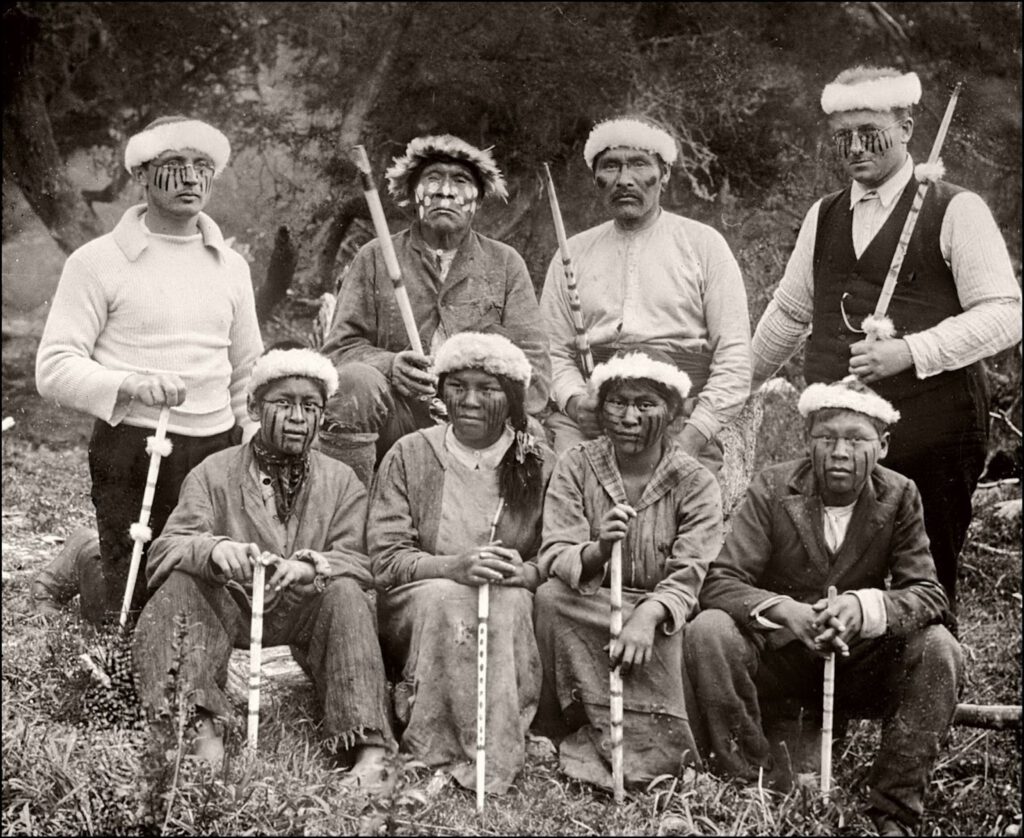
The advance of civilization revealed the secret of the lodge, so jealously guarded by countless generations. Women learned of the deception, and the Indians were induced, with some money, to perform comedies before audiences of scientists. I have seen photographs in which the actors appear with short hair and painted as they never were in my time (Lucas Bridges, 1952; 438-39).
Taking into account the motivations, origin, and context of these two collections, their components should be thought of as objects with their own agency and dynamism. Everyday artifacts capable of transforming into museum pieces that represent distant customs, to then mutate into the mirror of the society that contains them in its museum. A basket, a toy, a harpoon, or a ritual mask are rather meta-anthropological objects that describe or explain the methodologies and the agenda underlying their collectors.
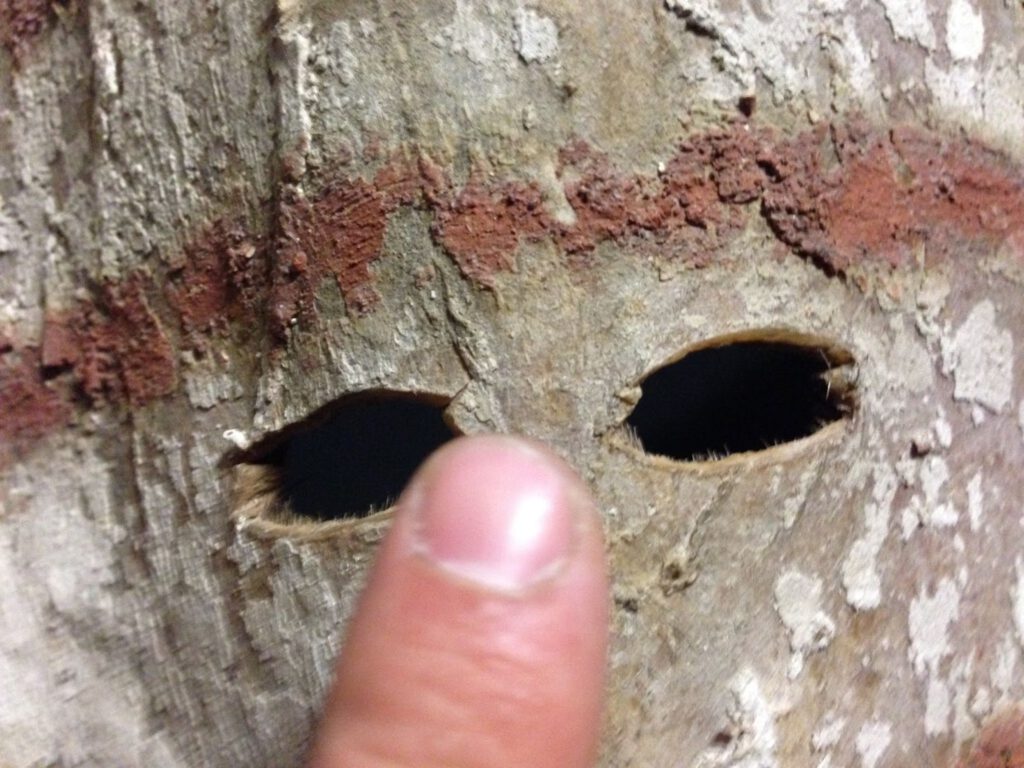
Taking into account the motivations, origin, and context of these two collections, their components should be thought of as objects with their own agency and dynamism. Everyday artifacts capable of transforming into museum pieces that represent distant customs, to then mutate into the mirror of the society that contains them in its museum. A basket, a toy, a harpoon, or a ritual mask are rather meta-anthropological objects that describe or explain the methodologies and the agenda underlying their collectors.
Repatriation
The idea of “repatriation” is surrounded by debatable issues, such as the concepts of homeland/patria1, origin, ownership, belonging, and technical possibilities of conservation, etc. Taking this into account, we initially deliberated the hypothetical possibility of relocating the objects to a local museum or one near the place where they were obtained. This was discarded as we thought that repatriating cultural objects from one museum to another is more of a spatial transfer but symbolically static. On the other hand, the idea of transporting them to the original communities seemed to us more than a theoretical and symbolic discussion; it was a political issue we could not be part of.
Thus, the idea of repatriation to the territory arose, to the place—and not necessarily the people—from where they were extracted. What place in Fuego Patagonia could have the suitable characteristics to house this collection? Three indigenous peoples are implicated in these collections: Yagán, Kawesqar, and Selk’nam. We believed that a meeting point between them could be an ideal location for their relocation.
Analyzing maps of the distribution of indigenous peoples, we found a common point among these three cultures. This point was in the southwestern mountainous and archipelagic zone of Tierra del Fuego, at latitude 54°. This is where the Yendegaia National Park is currently located, in the valley that traverses the Darwin Mountain Range, between Bahía Blanca and Bahía Yendegaia, connecting the Admiralty Sound with the Onashaga Channel (Beagle).
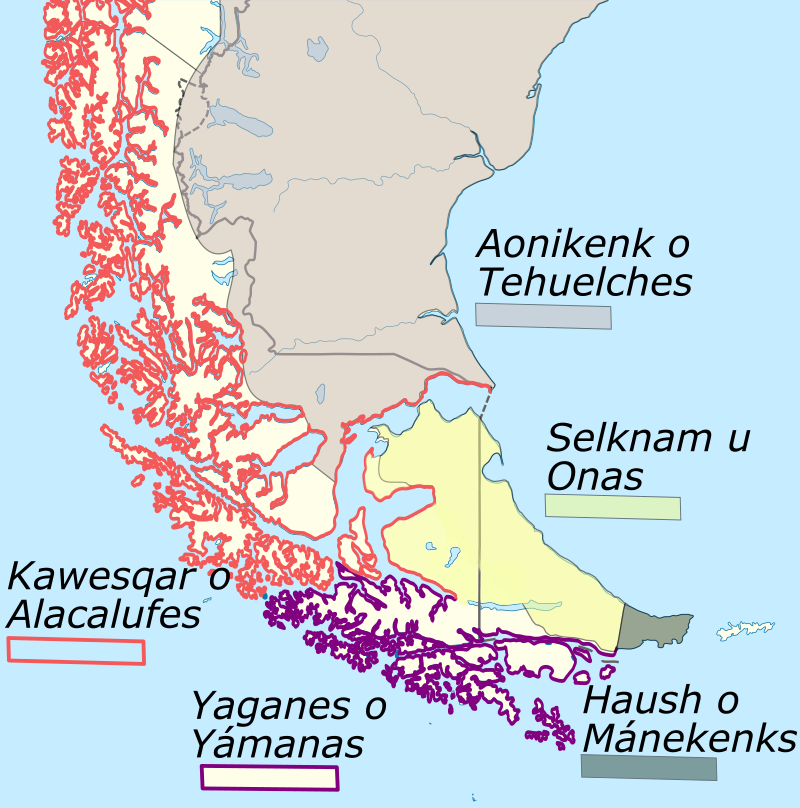
Some authors already noted accounts indicating a possible passage between the Beagle Channel (Yagán territory) and the Admiralty Sound (Kawesqar territory) through a nearly 40 km long passage across Selk’nam territory. As R. Carracedo and A. Prieto indicate in their report: “The different explorers who started their search and crossing, like Otto Nordensjköld (1896), Carl Skottsberg (1908), or Alberto de Agostini (1913), were already aware of previous information that an ‘aboriginal’ passage existed. In fact, Thomas Bridges in 1885 had already noted the use of the passage by the communities arriving at the Ushuaia Mission (SAMS, 1886).”
With this information, we proposed that a passage could be suitable for a museum of “nomadic objects”. This proposal raised other questions: Does the category of a museum apply? What characteristics should a space have to preserve cultural objects that are currently in climate-controlled chambers? Is their conservation important? For whom? What makes the hyper/objects present there, such as rivers, mountains, winds, and tectonic layers, not have the same cultural museographic value? Does the condition or value of a natural space change by containing cultural objects?
These are some of the questions that led Terra Ignota to carry out its expedition to this area and to involve the community in the discussion. A physical and theoretical place that we would call the Intercultural Contact Zone (ZCI).
Extinction!?
As a prelude to the trip to the ZCI, Fernanda Olivares and Nicolás Spencer were invited to participate in a residency at Weltmuseum to be part of the exhibition “Extinction!?” as part of the TAKING CARE project. The idea of this residency was to work with the objects belonging to the collections obtained by Martin Gusinde and Carl Hagenbeck and explore new museographic forms based on perception, feelings, the discussion around extinction, and the recognition of the Selk’nam community in Chile as a living community.
For this, we set out to investigate the objects of the Selk’nam collection, aiming to display the results for a year in the exhibition halls of this former anthropological museum. To achieve this, we approached these objects slowly and carefully, understanding that they have their own position and agency independent of the observer, a place as a consequence of a long history, with multiple meanings and ways of being interpreted. We began by understanding their ecosystem, from the periphery of the city to the elemental particles that constitute these artifacts.
We initiated a field study that began in the city of Vienna, exploring its cultural environment through its museums and their different logics of representation. In pursuit of this goal, we interviewed people connected with various museums and institutions such as the Weltmuseum, Vienna (Claudia Augustat, Christiane Jordan), the Museum of Natural History (Constanze Schattke), the Missionshaus St. Gabriel (Fr. Franz Helm), and the Museum of Contemporary Art, Mumok (Susanne Neuburger).
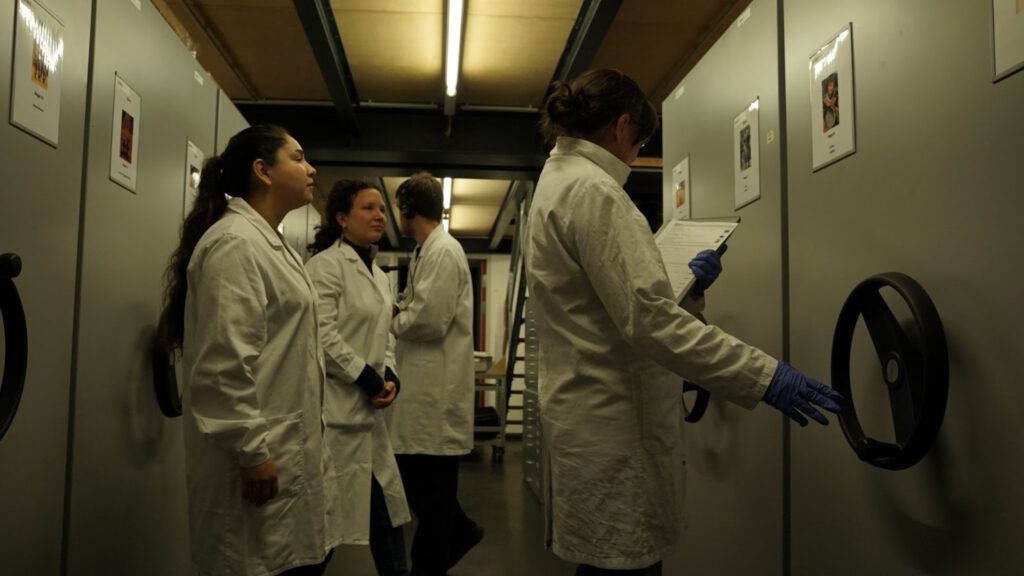
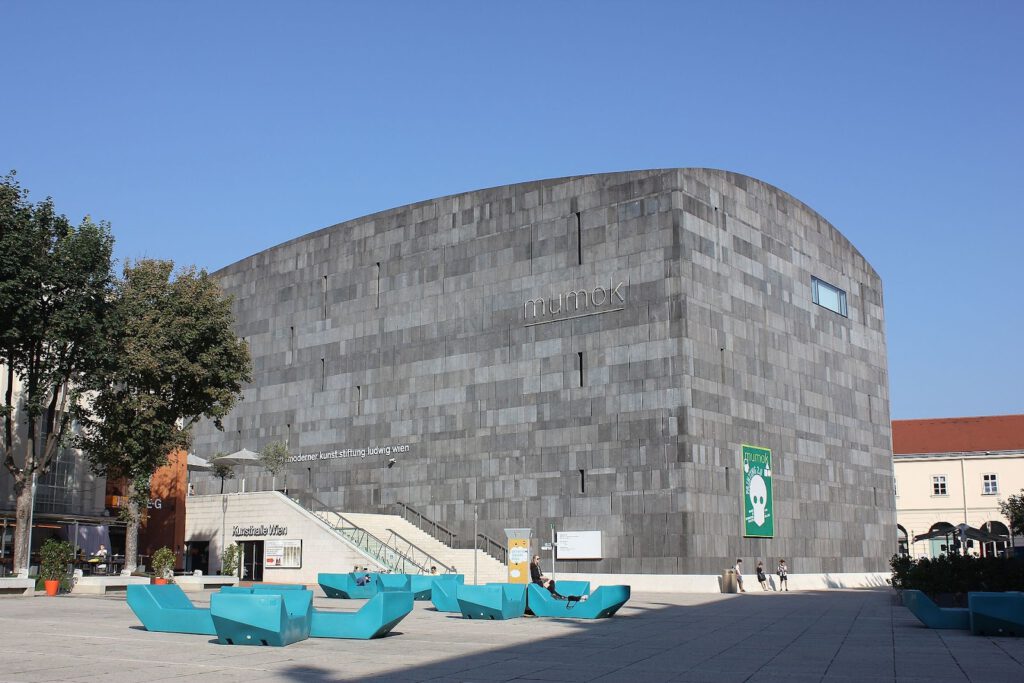
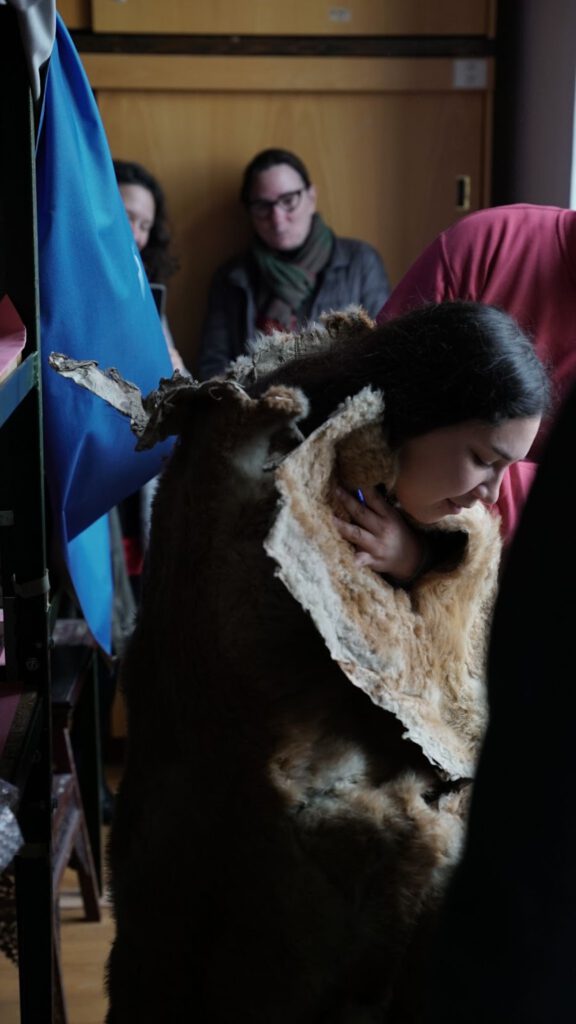
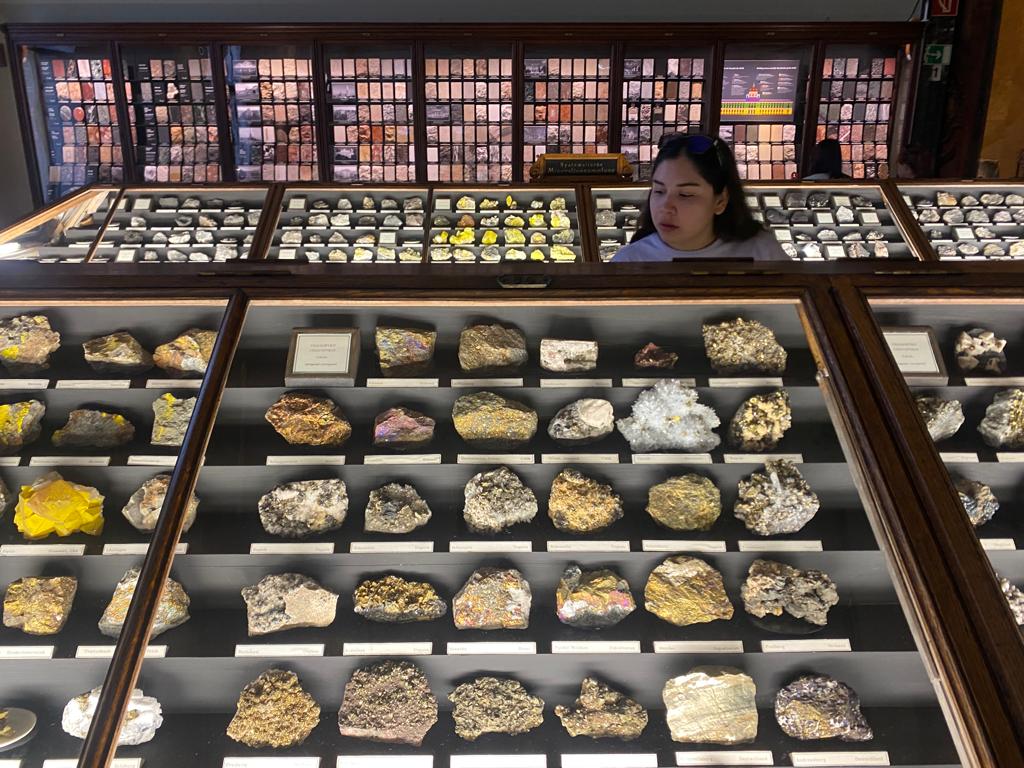
Then we delved a little deeper, cautiously observing the isolated objects in the display cases of the exhibition hall, moving through restoration laboratories to the storage and conservation warehouses. We transitioned from the controlled atmosphere that preserves them to using scanning and 3D modelling technologies to simulate the surface that is in constant contact with it.
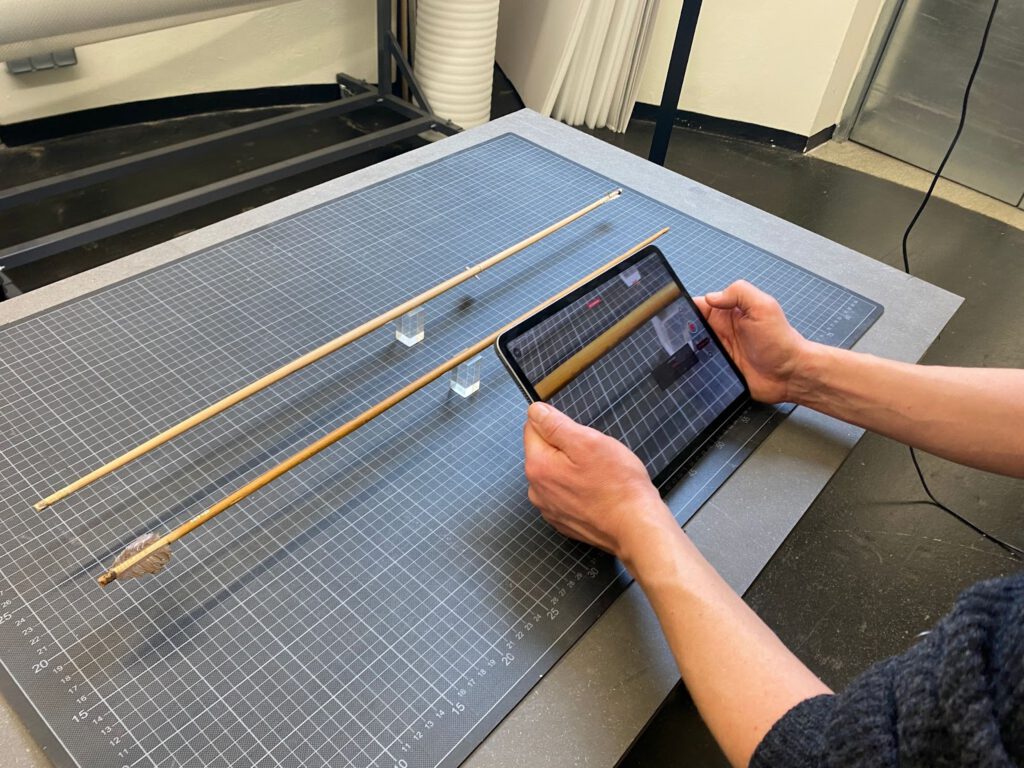
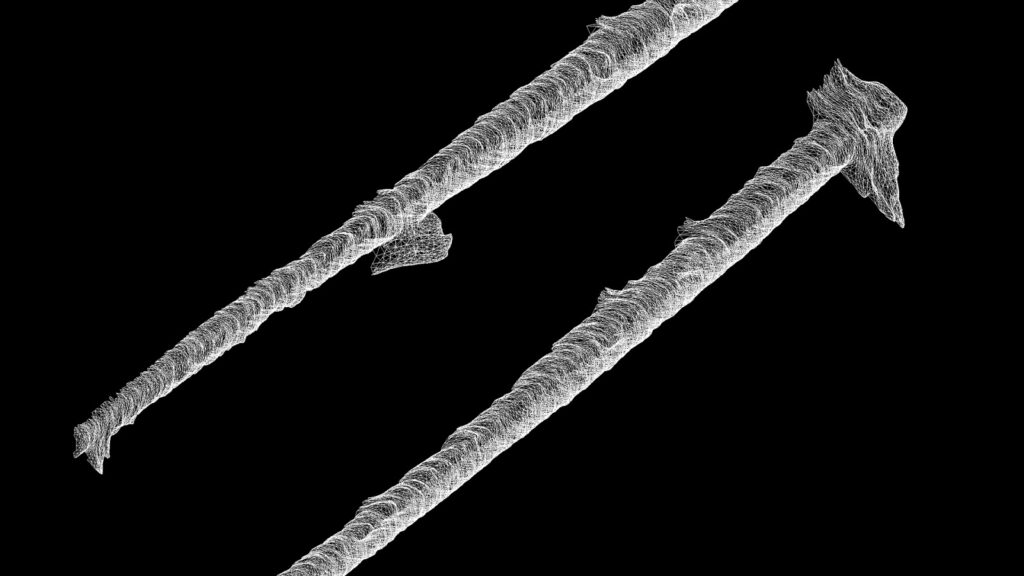
Thus, from the original object, we created a vectorial and empty form, whose interior would need to be filled through creative heritage practices or what we would call “lies.”
For some, lying is an immoral act; for others, it is an act of survival.
Many of the objects in the Gusinde-Hagenbeck collection were taken violently from their users. This, combined with the systematic attempt to annihilate their owners, caused these artifacts to arrive at the museum with little or no information. The same happened with their descendants, including Fernanda Olivares, who has been in a process of reconstructing her past for years. To do this, Weltmuseum Wien allowed her to come into contact with the objects, touch them, smell them, and ask them about their past. In this way, Fernanda reconstructed part of her heritage through a story she created. A version that does not contradict but rather adds to what is catalogued by 19th-century anthropologists and interpreted by thousands of museum visitors. We are based on the idea that imagination is just another portrait of reality, that it cannot go as far as believed, and that the most delusional idea is just another colourful portrait from the palette of what can be considered reality.
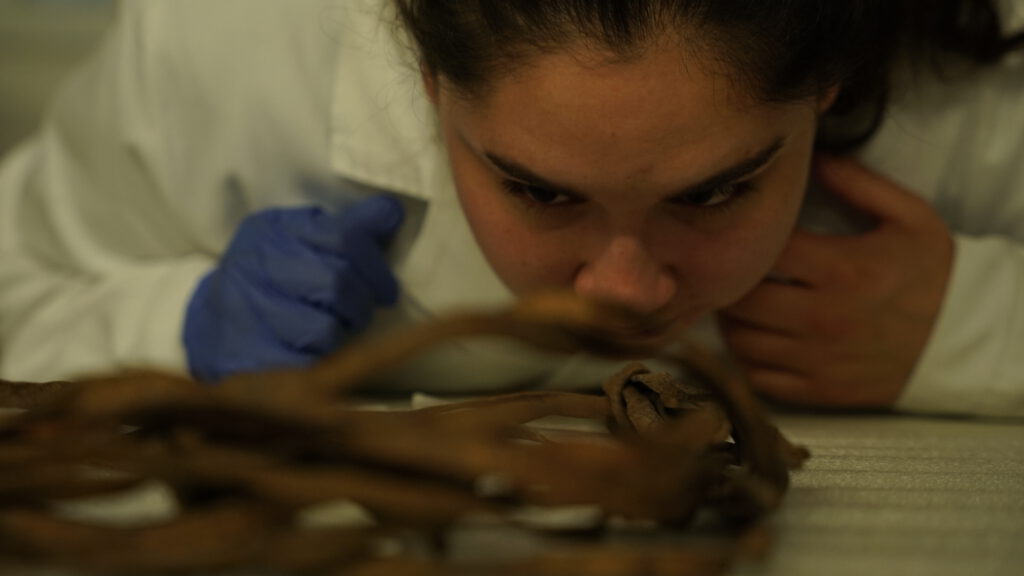
Video
The video is an essay, as mentioned, about museum ecosystems and the objects originally belonging to the Selk’nam community. The objects were scanned and emptied of their content, making them transparent so that later, through a creative process, Fernanda Olivares could re-signify them through a story, a narrative about their utility or meaning. Additionally, we integrated the sounds that coexist with these objects in the rooms that house them, along with their visitors and the people who care for and exhibit them.
After our trip to the Intercultural Contact Zone, we added footage from the places we visited in the field to the video, starting at minute 15:45. These places were similarly scanned and vectorized, to be emptied and re-signified with a perspective that invites natural spaces into the museographic discussion; the “natural” ecosystems become cultural as they are inhabited by humans, giving rise to future archaeologies.
Repatriation practices
The ceremonial mask featured in the video (at 5:00 minutes) was removed from the exhibition at the request of Fernanda Olivares. After being scanned, it was printed in two copies: one remained in the ‘Extinction!?’ exhibition at the Weltmuseum Vienna, and the other was taken back to Tierra del Fuego by Claudia Augustat, curator of the South American collection at that museum. Although the plastic replica’s transfer did not adhere to any repatriation protocols, it allowed us to engage in a symbolic exercise, gaining insight into the mechanisms at play and attributing value and meaning to an object with a clear origin but imprecise significance. After its return journey, the mask would be handed over to two representatives of the Selk’nam Hach Saye Selk’nam foundation: Hema’ny Molina and Fernanda Olivares.
Once in Tierra del Fuego, we were invited to a ceremony at Parque Karukinka. There, the mask protection was removed, and it was symbolically presented to the forests from where it was originally taken over 100 years ago by German missionary Martín Gusinde. During this event, the plastic replica was anointed with animal fat using traditional colors that were historically used to paint bodies and cultural objects. This gesture transformed an inorganic material into a living symbol, turning an empty form into a symbolic container of repatriation.
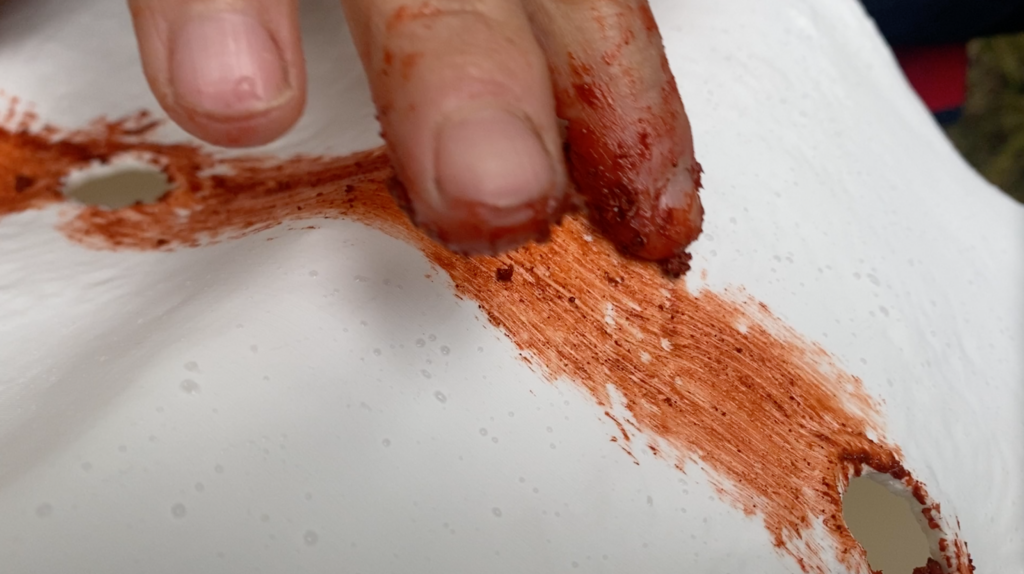
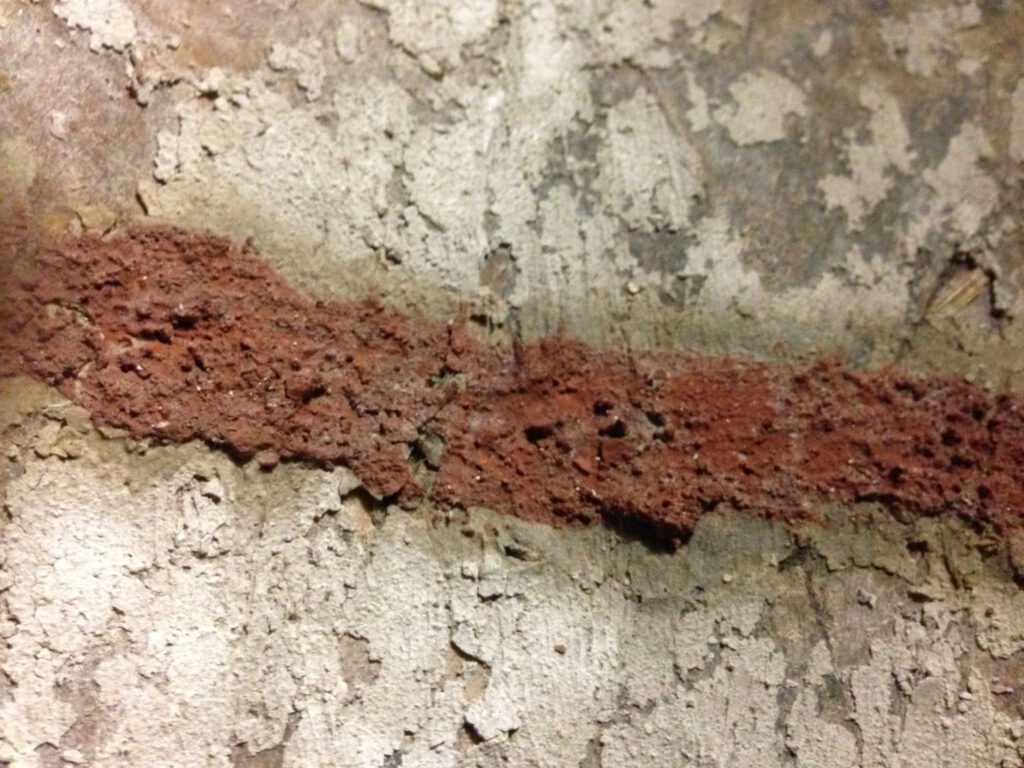
We were aware that the plastic mask could be seen as an extracted and exoticized object. Nevertheless, for those of us participating in the ceremony, the focus shifted away from the object itself and toward the gesture. This reversal turned a materialistic exercise into a ‘total social fact2,’ where the mask’s importance was no longer about the wearer but rather the projection of their gaze into the forest. It leads us to consider that perhaps the essence of repatriation or re-signification lies in the practice itself, and the separation of subject or object from their environment is the root of colonization, modernity, and disarray
Dislocations / Extinction!? installation
The installation was set up in “The Corridor of Astonishment” (Der Korridor des Staunens) at the Weltmuseum Wien between February 23, 2023, and April 2, 2024. The concept was to position the video in a way that creates a dislocation between the viewer and the location of the exhibited objects in the museum.
The video, which creatively explains the meaning or use of “cultural objects,” can be viewed while sitting on a plinth inside a display case. Simultaneously, a copy of the Selk’nam ritual mask, which was removed from the exhibition, observes from outside as visitors to the “Extinction!?” exhibit learn from the video. What is exhibited is the visitor’s attempt to understand a collection through imaginative exercises.
The mask leaves the display case and observes the same situation it was in for years, while the other copy is in Tierra del Fuego, observing the valleys, forests, and bays from where it was once taken. Meanwhile, the original mask returns to the storage room, where it is preserved in a climate-controlled and dark chamber.
“It was important for this piece to exchange positions between observer and observed, placing the viewer as an object of study. The museum visitor trying to understand other cultures is an anthropological phenomenon that can be exhibited and studied.” Fernanda Olivares
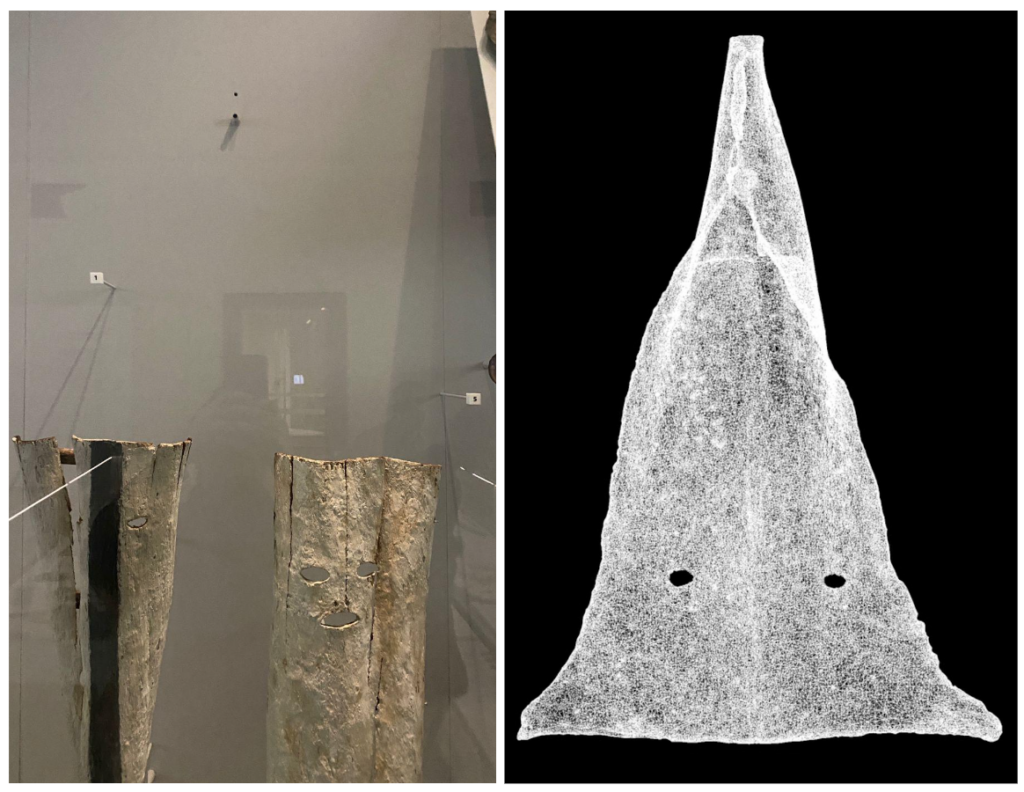
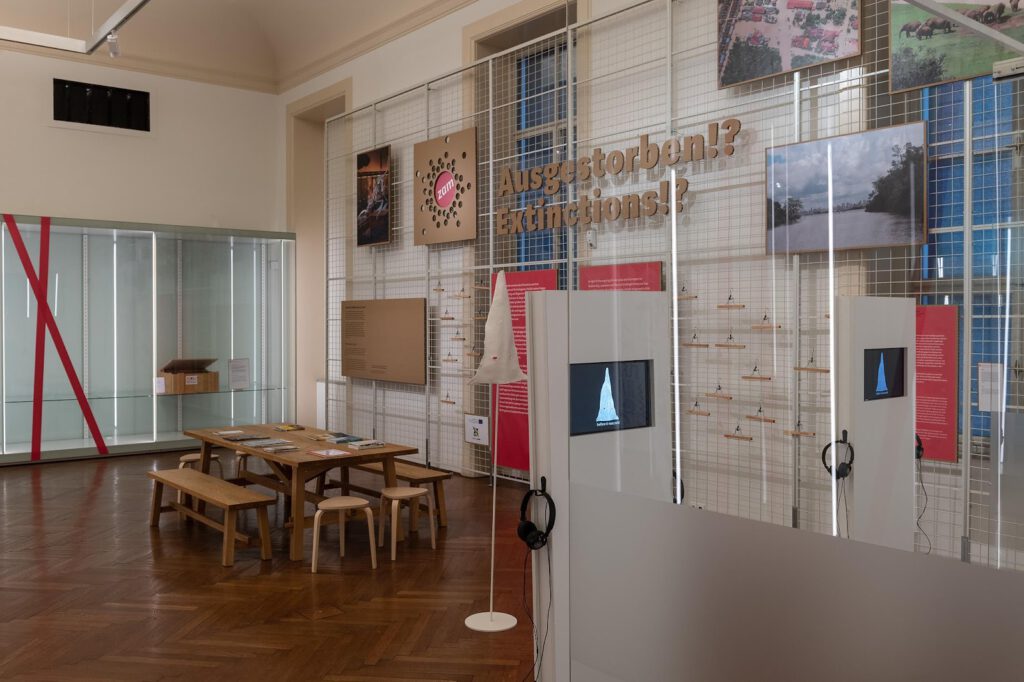
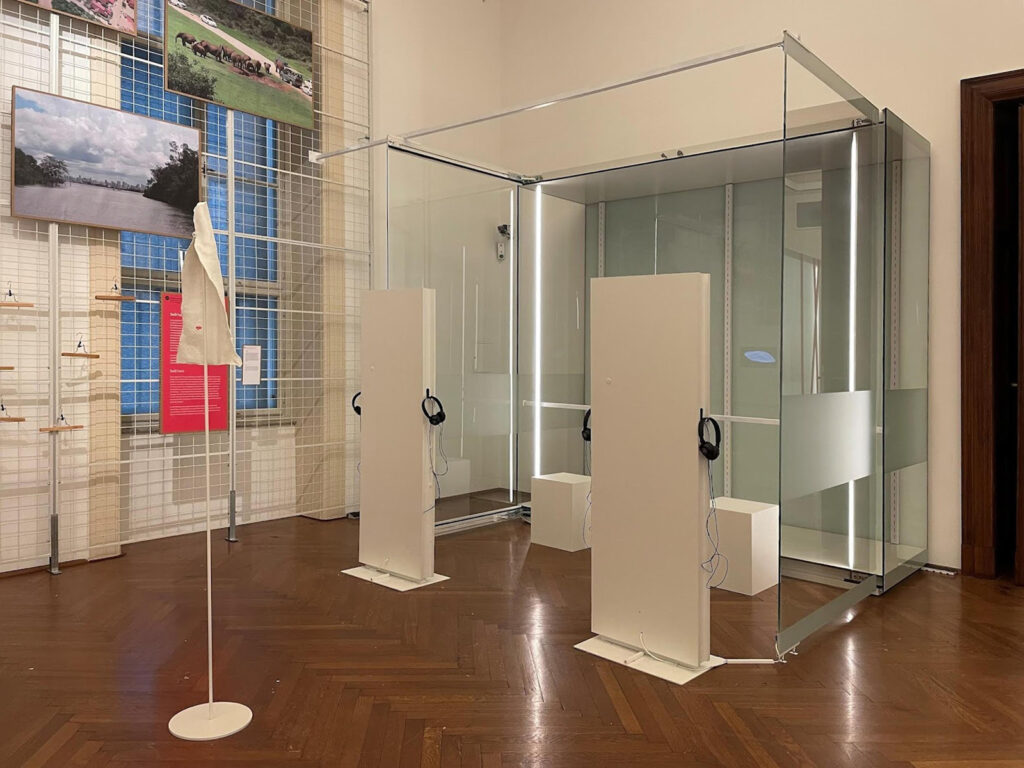
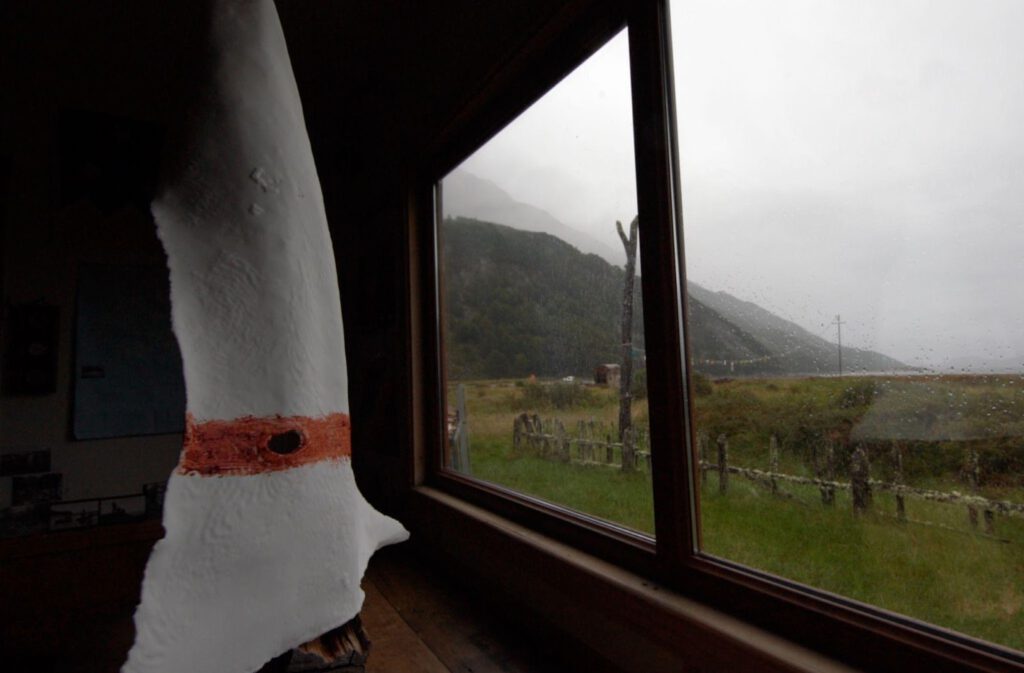
Contact Zone; A Park? A Museum?
One of the goals of our field study in Tierra del Fuego was to identify and validate a contact zone between the Kawésqar, Yagán, and Selk’nam cultures—an area with natural and cultural qualities that could house contemporary museological collections. The idea was to come together to dialogue and try to understand the spaces that could represent parks and reserves aimed at conservation, museums as effective places of care, and potential spaces of cultural representation.
Parks, Reserves, and Sanctuaries
In Chile, the designations of National Park, National Reserve, and Nature Sanctuary supposedly offer guarantees for the comprehensive care of unique ecosystems. However, in reality, their protection extends only as far as the interests of private entities and state policies allow.
According to Paula Urdangarín, “Analyzing the current protection figures, we can conclude that there is no absolute protection for these areas in our legislation. Legal gaps can—and are—exploited to allow economic interests to prevail over the real safeguarding of these zones. There is legal ambiguity regarding supposedly protected areas, and no long-term certainty exists”. See http://terra-ignota.net/2023/07/03/environment-as-a-legal-entity/
Parks in Chile do not include coastal borders nor the communities that have interacted with these areas for thousands of years. Their geographical limits, in addition to lacking strong ecosystem considerations, form a political imaginary that changes over time and is responsible for why today their ancestral inhabitants cannot walk or navigate freely. On the other hand, we believe it is important to establish transnational norms for ecosystem protection that transcend geopolitical divisions.
In some parks protected by private entities, non-governmental organizations with significant economic interests are involved. This suggests apparent care strategies for future, more profitable resource extraction. Therefore, solid legislation is needed to ensure the care of these ecosystems independently of the will or interest of the private organizations that guard them.
Regarding this topic, the idea arises to seek new legal figures that protect rivers, mountains, and lakes as entities with rights to shield them from transient political and economic interests. It is essential to unify international criteria and globalize experiences such as granting rights to Pachamama (Ecuador, 2008); the Law of Mother Earth’s Rights (Bolivia, 2010); assigning legal personhood to the Atrato River (Colombia, 2016); granting legal personality to the Whanganui River (New Zealand, 2017); and granting legal personality to the Ganges and Yamuna Rivers (India, 2017). These approaches are based on the idea that effective environmental protection requires recognizing its intrinsic value and ensuring its legal defense by granting rights with regulations that generate reciprocal relationships in the long term.
Terra Ignota Forum: Some Considerations
After a 10-day expedition and finding evidence of an Intercultural Contact Zone in Yendegaia Park, we debated for three days about the qualities of this park as an area with natural and cultural characteristics that could house contemporary museological collections. The debate, called the Terra Ignota Forum, involved the local community, park rangers, scientists, artists, philosophers, and curators.
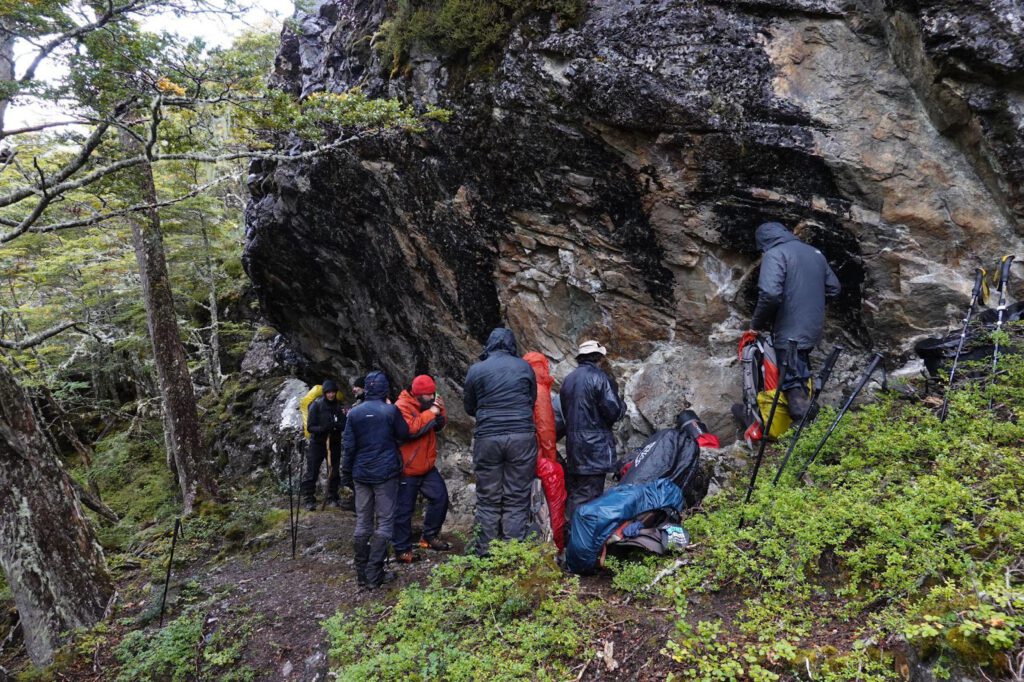
We can conclude that the idea of a park as a museum, at least in Chile, does not guarantee the protection of the contents housed within it. An ontological shift of this nature, while an interesting starting point for reflection, would only be a semantic exercise. The collections contained in museological infrastructure do not guarantee their care. Chile’s museums, or rather their collections, are not contained within any system that coordinates, cares for, and curates them, unlike the buildings that house them. This reflects that the institution or its infrastructure-building is prioritized over its contents. On the other hand, museums in general have lost representativeness, as society does not identify with them, their contents, or the necessary narrative that makes them possible.Here, it is interesting to think in reverse; the museum as a park. The idea of the landscape as a space for contemplation and reflection seems to have shifted to museums and cultural institutions through the passive and unidirectional relationship they have with their visitors. Instead, one could think of a museum-park as a ‘place where the arts are cultivated,’ an open space for experimentation, play, and speculation where the visitor engages with poets, writers, or scientists in a non-hierarchical, horizontal, and democratic way. A space where the absurd division between culture and nature is dissolved to seek more relevant spaces for exchange and interaction.
Participantes
Claudia Augustat (Weltmuseum Wien, Terra Ignota), Florencia Curci, Nora Haas (Weltmuseum Wien), Jonas Hammerer (Universität für Musik und darstellende Kunst Wien), Fr. Franz Helm (Missionshaus St. Gabriel), Christiane Jordan (Weltmuseum Wien), Susanne Neuburger (Mumok, Museo de Arte Moderno), Fernanda Olivares (Fundación Selk’nam Hach Saye), Paula Urdangarin, Alfredo Prieto, Constanze Schattke (Naturhistorisches Museum Wien / Museo de Historia Natural de Viena), Nicolás Spencer, Carsten Stabenow
1 This concept has its roots in the Spanish word ‘patria’ or ‘land of the fathers,’ a concept rooted in a physical space, territory, people, region, country, or nation, and has been used to justify nationalist policies, ethnic or territorial exclusions, and internal or international conflicts.
2 Marcel Mauss, in his influential work “The Gift: Forms and Functions of Exchange in Archaic Societies” (1925), introduces the concept of the “total social fact”. This term refers to the idea that social phenomena cannot be understood in isolation but are intrinsically interconnected and form part of a broader whole.
